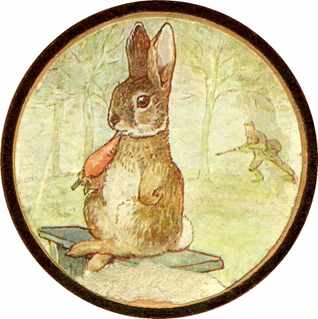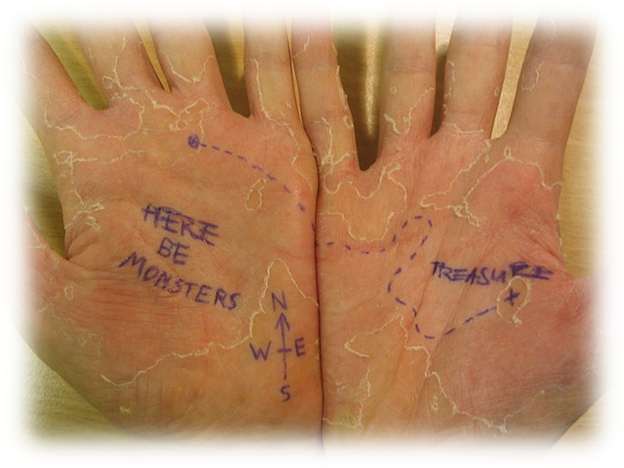Using Tone and Emphasis
Children are especially sensitive to tone when telling stories and we all carry the imprint of our mothers saying our name in a “you’re in trouble buster” tone.
Tone and emphasis are so important and even when you speak at a regular volume, the tone of your voice is the single biggest giveaway to your emotion and the emphasis you give an individual word or phrase can completely change the message.
Tone is how we insert sarcasm into an otherwise straightforward sentence.
A single sentence can take on a multitude of meanings when given different tones and when emphasis is placed at different points. Combined, they illuminate the speaker’s motives, feelings and desires. The last thing you want is for your child to be cuddled in close at bedtime, but feel no warmth from your voice.
What is Emphasis in storytelling?
Let’s start with a brief summary of what emphasis means. The dictionary defines emphasis in storytelling (although it could be in any form of communication) as “special stress laid upon or attached to anything”.
I don’t want to labour the point (would that put undue emphasis on it?), so I’ll just say that for the purposes of this chapter; I’ll be discussing the most direct form of emphasis: Stressing an individual word or phrase in a story using your voice.
Consider this sentence:
“I know how to do it.”
For this exercise to really work, say it out loud.
Now let’s play with the emphasis.
Put the emphasis on the first word.
“I know how to do it.”
Notice the feel of the sentence and the meaning behind the communication.
Now put the emphasis on the second word.
“I know how to do it.”
Continue and put the emphasis on each word in turn and listen to how the meaning and implications in the sames sentence can completely change depending on which word you emphasise and what emotion you put behind it.
“I know how to do it.”
“I know how to do it.”
“I know how to do it.”
“I know how to do it.”
Lastly, repeat the sentence as you did at the start of the exercise. I wonder how much the meaning of that sentence has changed for you now?
Using Tone in storytelling
Tone is, I think, easier to get to grips with than emphasis because it’s easier to see how to put an emotion behind the story.
Let’s use the same sentence we used for tone, but this time let’s experiment with the tone.
“I know how to do it.”
Try saying it in an angry way.
“I know how to do it.”
Did you grit your teeth or pull a face? If you didn’t try it again and see what a difference that makes to the tone of the sentence.
Now say it in a happy way
“I know how to do it.”
Did you smile? Did you cock your head to one side? Maybe you sat up a bit?
Again, try those things and notice the difference. Body language in storytelling is another extremely important factor and there is a whole chapter dedicated to it, but right now, let’s focus on the tone of the sentece.
Lastly, speak the sentence in a monotone, with no change and no emphasis. You will find it is extremely boring as it gives no idea of the speaker’s emotion.
Putting tone and emphasis together as a storytelling technique
If you storytell in a monotonous way, your audience will quickly tune out and probably become unresponsive to your story.
The whole storytelling experience will become a frustration for them instead of a bedtime bonding experience for you and your child.
So you can see how important tone and emphasis are in bringing your story to life as each character varies in tone and emphasis, maintaining the interest in the story.
The tone in which you choose to tell the narrative part of the story will let your child know what type of story you are telling, it may be a somber or scary story, it may be an adventure, it may be a funny story. Your child will recognise it based on your tone.
Practise saying “Once upon a time…” with different tones, to try to set the atmosphere for different types of stories.

Another interesting aspect of tone, is that if you use storytelling to help control your child’s behaviour. Children will very quickly learn to recognise that “warning” tone in your voice when they are misbehaving, as it appears when the bunny rabbit is misbehaving in the story.
Equally, the tone with which you present episodes within the story will inform your child on what behaviour is socially acceptable and encouraged.
Remember that things can happen in stories long before your children experiences them socially for themselves, (such as stealing, bullying or becoming aware of differences in appearance) so this is a particularly important point to keep in mind.
You can prepare your child to recognise social situations and learn how to categorise them as acceptable or not acceptable and how to react according to what they have learned from your presentation of this same situation with your tone in your story. This is particularly important for stories with a moral lesson.
Storytelling homework
Now that you’ve had a bit of experimentation with tone and emphasis, continue to take that awareness into storytime with your children.
- Focus on the flow of the story and see if you can enhance or dramatise the tale by increasing the emphasis on the key words or phrases.
- Keep an eye out for the feelings and emotional tones in the story and see if you can bring them out even further by enhancing the tone with which you deliver them.
Remember: You already do this naturally. You’re just tuning your skills and stretching your experience. You may not get these right first time and you may feel silly doing the exercises. Do them and you’ll really enhance your storytelling technique.
Remember, it is not ultimately how you tell the tale that will make it successful, it is how your child hears it.
So above all, use all your faculties to make it wonderful for them – we will discuss in further chapters other ways to do this – so bend your voice to suit their ear.
“It is not the voice that commands the story: it is the ear”
Italo Calvino
Chapter summary: Using your voice in storytelling – techniques to make the stories magical.
Next lesson: How to use pitch and speed as a storytelling technique.
Bonus: Checkout this arcticle on using sound effects in storytelling to get some ideas on another excellent storytelling technique.




